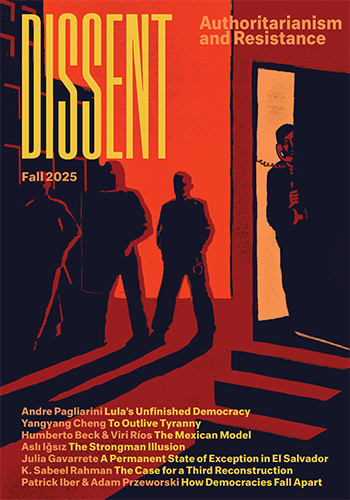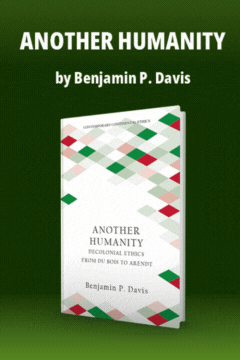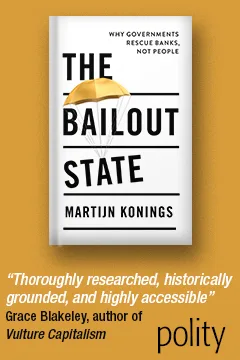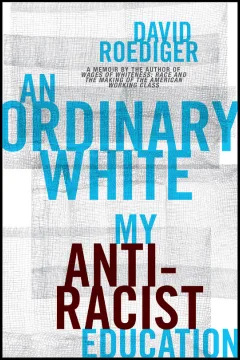With a Bang and a Whimper
With a Bang and a Whimper
THE GREAT CRASH, 1929, by John Kenneth Galbraith. Houghton, Mifflin Co., Boston. 1955 212 pages. $3.00
When John Kenneth Galbraith, the noted Harvard economist, testified recently before the friendly Fulbright committee on the condition of the stock market, prices took an uncomfortably familiar tumble. Mr. Galbraith had been quite stern and warned that we were behaving exactly as our fathers did in 1929. If one were to be uncharitable, all this might be credited to the fertile brain of some publicity man anxious to see that Mr. Galbraith’s new book received a proper audience. However, such a stunt would have been quite unnecessary, for Wall Street’s current spree must itself raise the ghost of Black Thursday: Mr. Galbraith merely underscores in this eminently readable history events that may very well haunt us once more.
The great American capacity for self delusion is unchanged, says Mr. Galbraith, and he is convinced that speculation could still run riot despite all the built-in stabilizers installed in the last 25 years. Present day behavior on the part of several thousand “lambs” gives sufficient reason to suspect that at least in this regard he is right.
The book, exceedingly well written, is not without touches of wry humor. The author is patently an entertaining historian; it is only when he essays the realm of high theory that he goes astray, as in his American Capitalism: The Theory of Countervailing Power and in certain parts of this book. At the very start, for example, he questions the usually accepted proposition that things were going wrong long before stock prices began their slide into depression. He feels that such an explanation tends to absolve the financial market from responsibility, since Wall Street could then say that other forces were at fault. While it is true that we cannot acquit the old-time financier for his part in the debacle, it does seem more reasonable to trace the basic causes for the market collapse and the ensuing hard times to more durable factors. That is to say, Mr. Galbraith’s view, as set forth here, might be interpreted as a devil theory of the big crash, something he doubtless does not intend.
At the end of the book Mr. Galbraith admits that the entire economy was fundamentally unsound in 1929: income was distributed in a most lopsided fashion, necessitating a high level of investment or luxury consumption or both; a loose corporate structure permitted the setting up of pyramided holding companies, dubious promotions and outright frauds; the banking system suffered from mismanagement and a curious kind of inflexibility bordering on rigor mortis; the United States deluded itself that it could sell shiploads of goods to other countries while advising them to peddle their wares elsewhere; and economic science itself was rooted in an archaic 18th century liberalism that offered shamanistic incantation instead of in...
Subscribe now to read the full article
Online OnlyFor just $19.95 a year, get access to new issues and decades' worth of archives on our site.
|
Print + OnlineFor $35 a year, get new issues delivered to your door and access to our full online archives.
|






